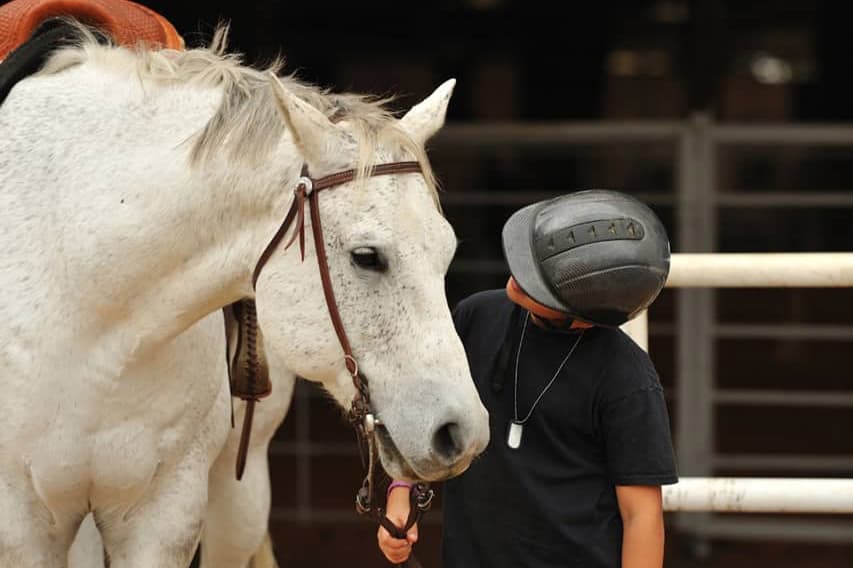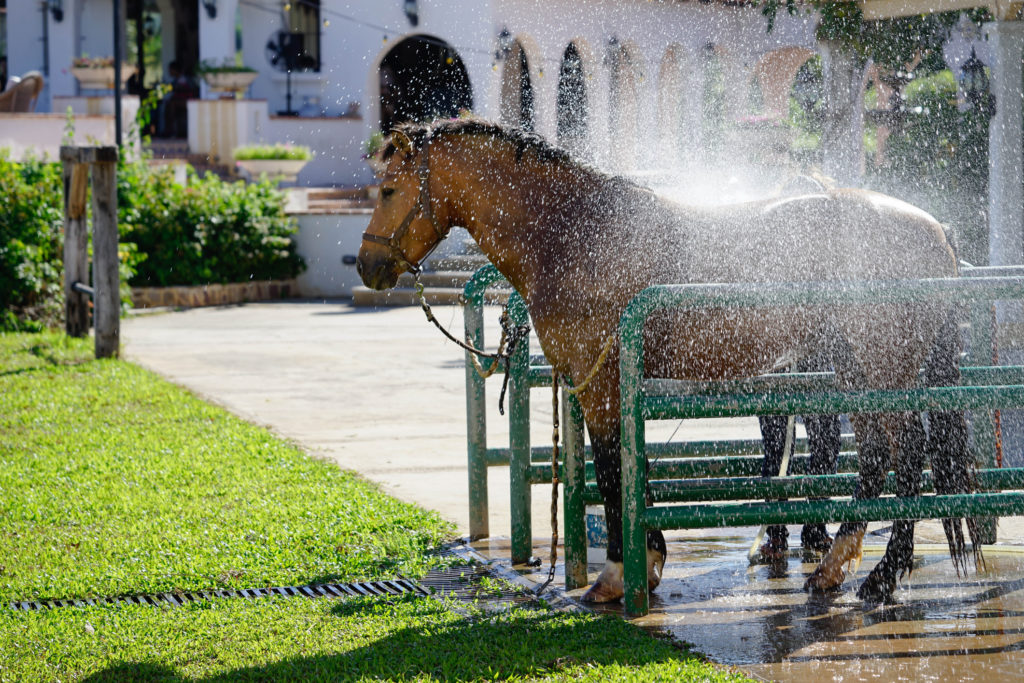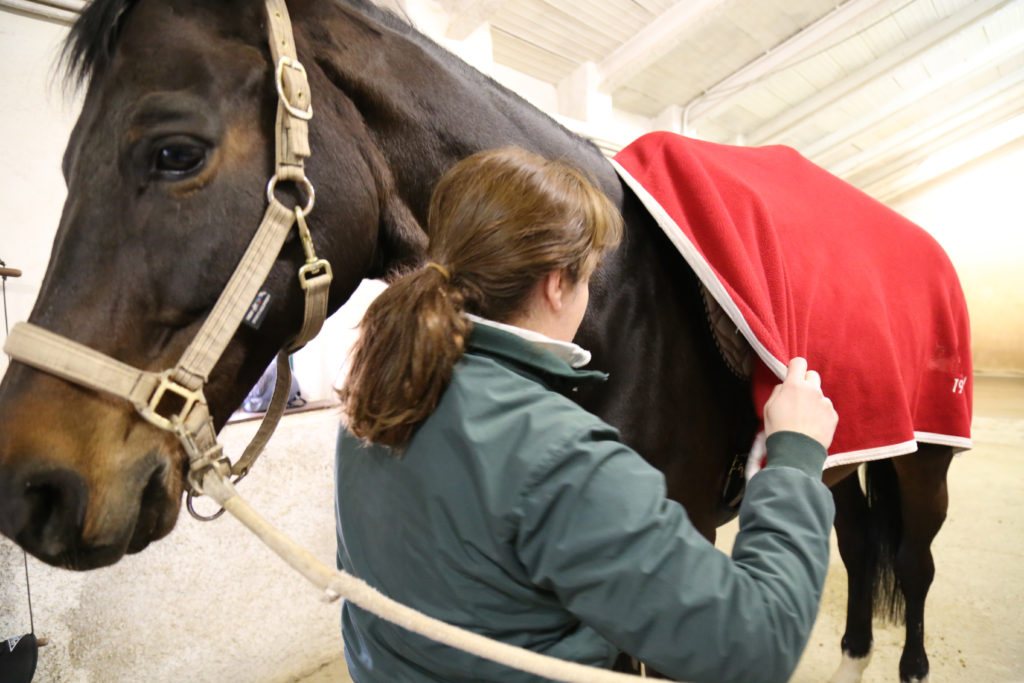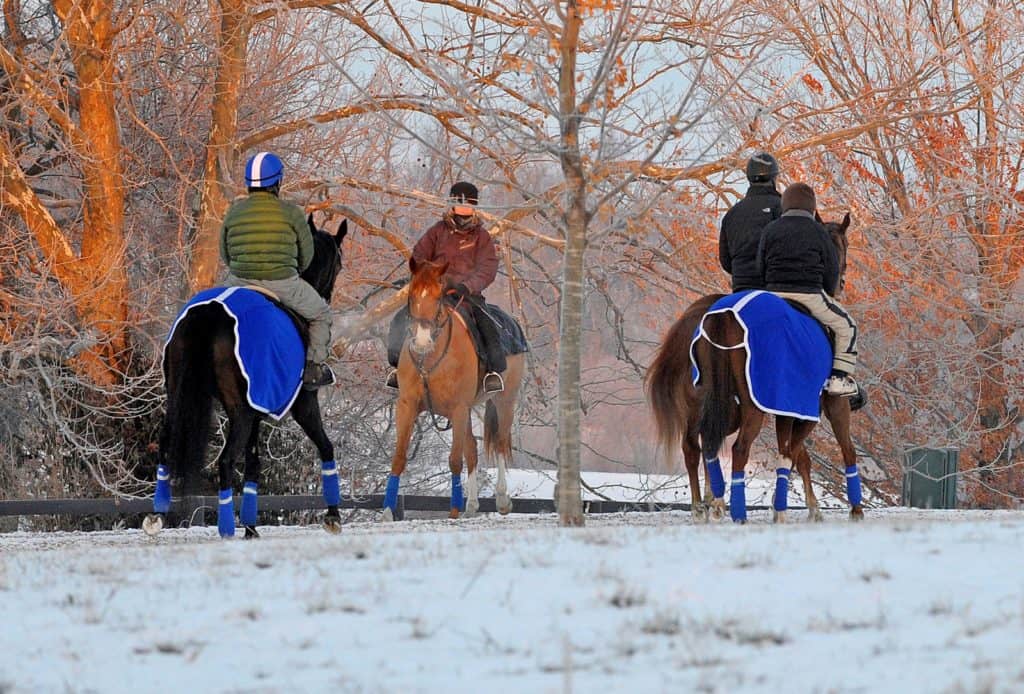
The Lesson Horse Lifestyle
A good lesson horse is a valuable member of any riding program. Our sources share tips on keeping these trusty steeds happy and healthy.

A good lesson horse is a valuable member of any riding program. Our sources share tips on keeping these trusty steeds happy and healthy.

High temperatures and humidity can make caring for horses a challenging endeavor.

There’s no getting around it: Horses—especially those expected to perform at a high level—are risky purchases. But a thorough prepurchase exam can help give you confidence that you’re making the right investment for your scenario. Here’s what practitioners look for during prepurchase exams for upper-level sport horses.

Recognizing and treating club feet in young horses can help them succeed in their intended discipline and, ultimately, prevent lifelong hoof complications.

Learn about this stifle problem that can cause the hind limb to become locked in extension.

Attention to certain details during exams and careful consideration of test results can help a veterinarian arrive at a diagnosis, making way for an appropriate management.

Determining why a horse isn’t performing up to expectations can be a time-consuming and tedious process. One veterinarian shares how she approaches these cases.

As much credit as we give horses for their metaphorical hearts, the actual blood-pumping organs generally get far less attention than other bodily systems. Take an in-depth look at the cardiovascular exam, common cardiac abnormalities, and treatment options.

Helping your horse with his post-exercise cooling process can impact how well he recovers. But cold weather cooling requires also guarding against a chilled horse.

Find out why using coolers on horses post-exercise makes good sense, especially during cold weather.

Also known as “buttress foot,” this condition primarily affects horses with poor leg conformation in high-impact disciplines. A veterinary podiatry expert explains.

The best age for horse to start training is highly debated. An equine surgeon offers advice.

Learn about colic, EPM, core vaccinations, biosecurity, donkeys, and more in our special features.

Find information on stress in horses, antibiotic use, scratches, conditioning, equine allergies, and more.

Tendon rehab in horses should include heavy and slow loading, pain monitoring, and progressive resistance.

Working with your veterinarian, farrier, and trainer and considering your horse’s physical, mental, and social needs will help you make the best decision for when and how you should transition him to a more leisurely lifestyle.
Stay on top of the most recent Horse Health news with
"*" indicates required fields